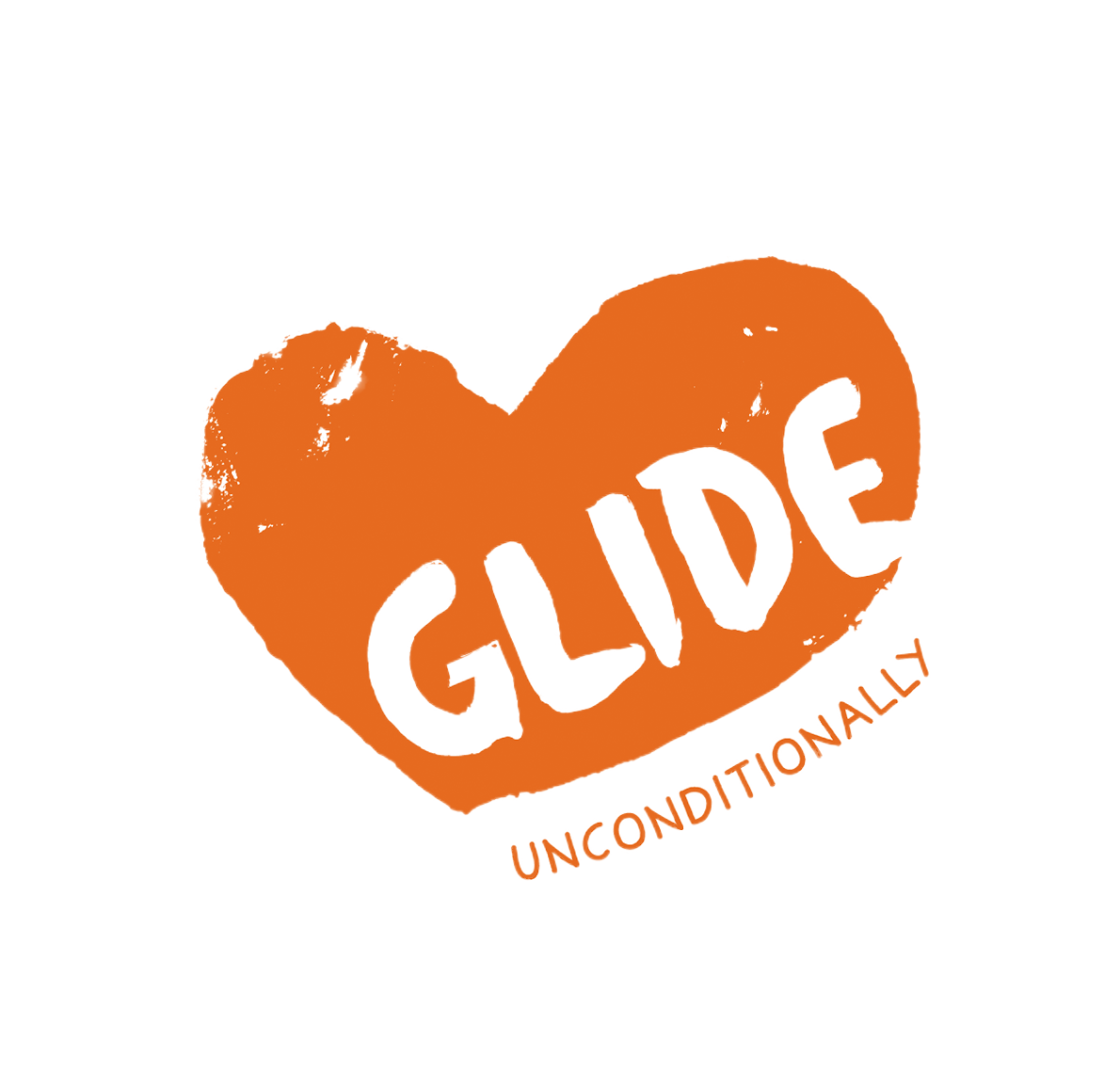As noted in the section on the National Sex and Drug Forum (NSDF), Glide’s work on combatting drug addiction started in the late 1960s with NSDF co-founder Dr. Joel Fort. In 1968, Fort testified in front of the Board of Supervisors Health Committee and lambasted the City of San Francisco’s existing drug-treatment program.276 He urged the City to stop refusing treatment to drug abusers at San Francisco General Hospital.277 He promoted the idea of a multi-point drug-treatment program, including: setting priorities for dealing with drug abuse, expanding and reorganizing existing City facilities, educating students about drugs, creating a liaison post in the Mayor’s office, and supporting organizations such as the Haight-Ashbury Free Medical Clinic and the Black Man’s Free Store Medical Clinic in the Western Addition.
In the late 1980s, Cecil Williams and Janice Mirikitani spearheaded groundbreaking efforts to combat the crack cocaine epidemic that was crippling the country’s inner cities. Williams viewed the crisis as “so catastrophic that it could cause the ‘death of the African American race.’”278 He would later assert, “Crack is Genocide.”279
Like so many other programs led by Glide, Williams and Mirikitani turned to the Tenderloin community to be educated on crack and its impacts, as Mirikitani explains:
We learned that crack was so powerful, one hit could get you addicted, and that when it came to options for treatment, there were practically none. Crack was cheap, it was prevalent, and as Cecil learned when he asked African American drug dealers themselves, it was being targeted to poor black neighborhoods.280
Williams adds: “The illegal-drug industry sends it to the population that’s most desperate and suffering, but it’s not just black people. It’s black women. The crack dealers say that if you get to the women, you get to the children, and then you get to the men.”281
In 1988, Glide hosted community forums on crack that eventually morphed into recovery circles. What Williams learned from these meetings is that the existing 12-step programs of groups such as Alcoholics Anonymous and Narcotics Anonymous didn’t work for African Americans.
AA and NA were too middle class for Glide’s population. For people trying to find shelter for the night or worrying about getting their children back from foster-care homes, [the 12 steps] seemed glib and simplistic. Our population needed culturally relevant programs in which sexism, classism, and racism were acknowledged as factors in people’s attitudes and behaviors.282
Williams and Glide community members in recovery developed their own 12-step program, which they called “Terms of Faith and Resistance.” Glide also created a highly intensive drug program called “Facts on Crack.” Groups of 15-25 addicts met daily at Glide for 17 weeks. At the end of the program, “the recovering addicts made two-year career plans and practiced job interviews and filling out applications. Glide’s housing and meal services helped them get on their feet.”283
President George H. W. Bush’s drug czar, William Bennett, invited Cecil Williams to Washington, D.C. to talk about a solution to the drug problem. He left frustrated and unsatisfied after discovering that the White House’s focus was on enforcement policy (more money for prisons, police, and guns). Bennett had been quoted as saying: “Some neighborhoods are so infested with drugs that children should be removed from them and placed in orphanages.”284 At a press conference he hosted before leaving D.C., Williams shouted: “We are interested in a public health policy that puts the priority on recovery and treatment programs!”285
Once again undeterred, Williams and Glide plowed ahead on their own. In April 1989, Glide hosted the nation’s first conference on tackling the crack cocaine epidemic, “The Death of a Race: The Black Family/Community and Crack Cocaine National Conference.”286 Nearly 2,000 people attended the two-day meeting, including ministers, social workers, doctors, police, attorneys, civic leaders, teachers, detox/rehab counselors, former dealers, and recovering addicts. Coretta Scott King and Maya Angelou—longtime friends and supporters of Glide—were speakers.
Glide sponsored two more conferences, in 1990 and 1992. These three conferences were instrumental in the development of humane and effective drug treatment programs. Cecil Williams became a national-renowned expert in the “war on drugs.”287 It is anticipated that the groundbreaking 1980s and 1990s programs and initiatives on drug addiction and recovery will be assessed for significance in the future.
